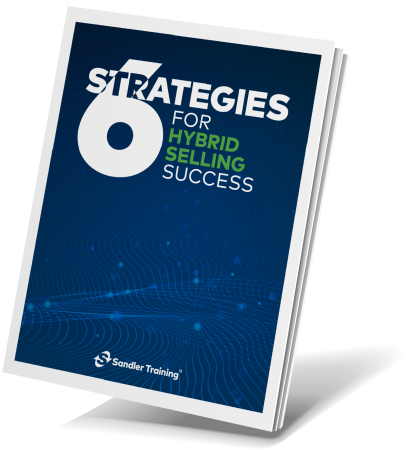
Consider, for a moment, the process that scientists go through to have their papers published in their relevant journals (e.g. The Scientific Journal, The Lancet, etc.,).
A paper is submitted to a panel of scientists who are chosen because of their expertise in a specific field.
For example, the Scientific Journal editor decides whether or not to publish based on the panel's recommendations.
In 1982 two psychologists had a suspicion about how papers were chosen.
They selected an article from each of the twelve well-known psychology journals that had already been published.
Furthermore, each of the chosen articles had been penned by psychologists from one of ten of the most prestigious psychology departments in the US, such as Harvard, Princeton, Yale, etc.
But they changed the names of the authors to entirely fictitious ones.
And they changed the affiliation of these fictitious authors to lesser-known universities.
After combing through the articles to alter any references to the original author or their affiliated university, they retyped the papers and submitted them for publication in the exact same twelve journals that had originally published them!
Of the twelve journals, only three spotted that they had previously published the article.
Of the remaining nine publications, eight rejected the articles (88%).
Additionally, of the panel members of sixteen experts and eight editors who examined the re-submissions, everyone stated that the paper they reviewed did not merit publication.
This instance suggests that in deciding whether or not an article deserves to be published, the decision makers pay more attention to the author and the standing of the institution to which they belong than they do to the content.
The reviewing panel likely favored submissions from more eminent scientists from prestigious universities.
However, the panel of experts was very specific in their critique.
They criticized the organization of thoughts, the supporting statistics used, and the conclusions reached.
The most plausible explanation is that both the original acceptance and subsequent rejection were down to inference.
The reviewer first reads the author's name and the institution they belong to.
If the reader regards them highly, they will be biased to look at the paper in the best light possible. Positive points are highlighted, and negative elements, such as organizations, statistics used, etc., are often discounted or even ignored.
On the other hand, if the reader is not biased positively, or worse still, biased negatively before ever reviewing the paper, they are more likely to look for flaws and be more sensitive to what is wrong than good.
The buyer's perception greatly dictates your sales environment, so it's critical that they define that perception so that you can identify where (or if) your product or service will fit.
FREE REPORT |
|
In the post-pandemic environment, learn to control the meeting and close the deal in both virtual and in-person settings. |


